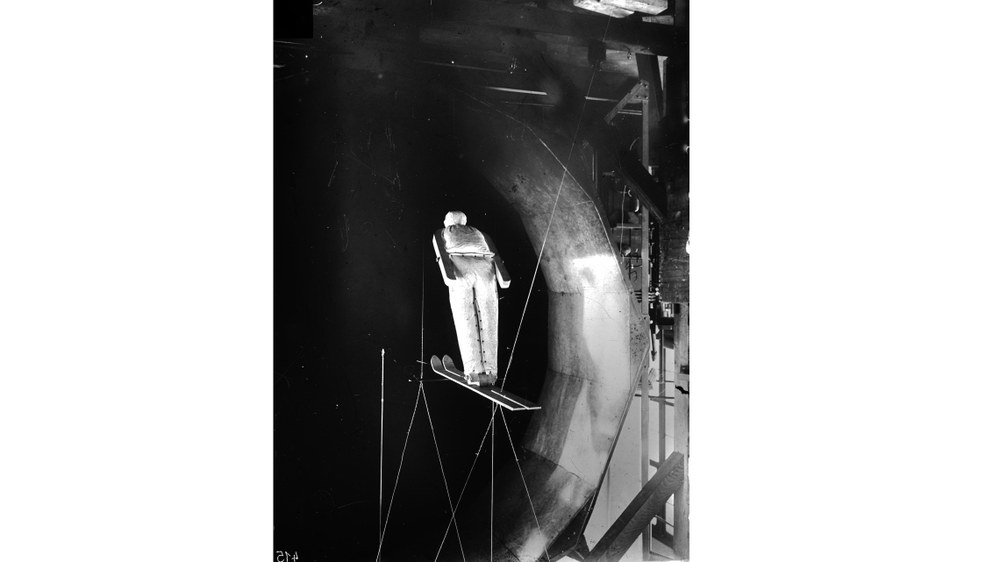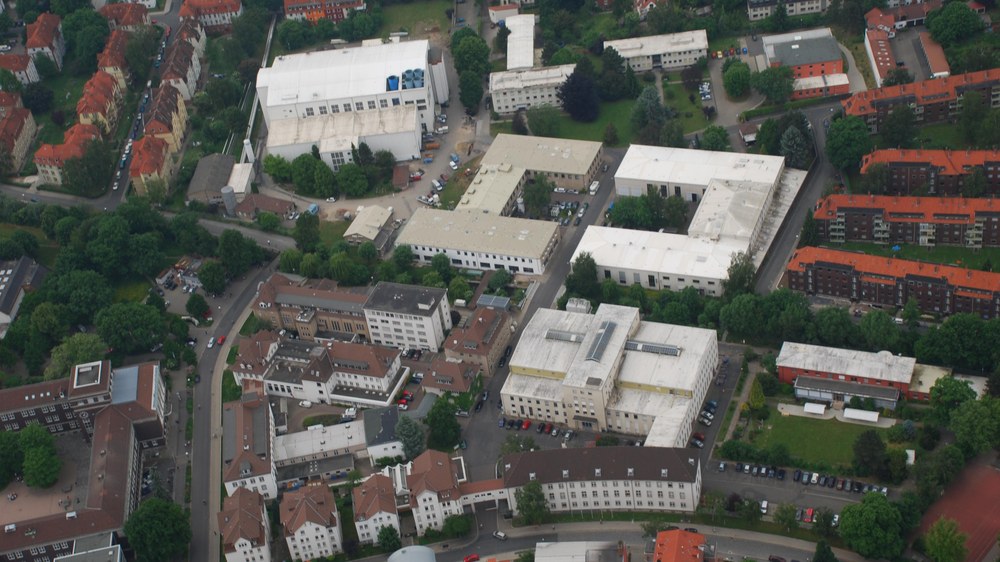The cradle of aeronautical research celebrates its 110 anniversary

- The cradle of aeronautics research was founded in Göttingen 110 years ago
- Focus: aeronautics, transport, aerospace, energy, history
The first German state institute for aeronautics research was founded 110 years ago in Göttingen. It was the precursor of the present-day German Aerospace Center (Deutsches Zentrum für Luft- und Raumfahrt; DLR), and laid the foundations for modern aeronautics.
When the first airships and aeroplanes took to the air at the beginning of the 20th century, there were frequent unexplained problems and crashes. Certain shapes and constructions flew better than others. But why? Objects moving through the air seemed to be affected by unknown influences. Ludwig Prandtl, appointed as Director of Technical Physics at the University of Göttingen in 1904, wanted answers. And so in November 1907, at Prandtl's instigation, the Göttingen Model Testing Institute was established to carry out aerodynamic experiments. "This was the first national institute for aeronautics research in Germany," says Jessika Wichner, Head of the DLR Central Archive. "At the beginning of the 20th century in Göttingen, the theoretical and experimental foundations were laid without which present-day aviation would not be possible."
The quest for the perfect shape
One of the things that the new research establishment looked into in its early years was the development of the best shape for an airship. Ludwig Prandtl is acknowledged worldwide as the 'father of aerodynamics' for his research into the scientific principles underlying boundary layer theory and aerofoil theory.
After the First World War, the Model Testing Institute became the Göttingen Aerodynamic Experimental Station (AVA), one of DLR's three predecessor organisations. "Göttingen was a magnet for the pioneers of aeronautics research across the globe," says Wichner. Among those who worked there were the Hungarian scientist Theodore von Kármán, who would become one of the foremost aerodynamics experts in the USA, and Hans Pabst von Ohain, inventor of the first jet engine.
The primary focus of the work has remained the same: the scientific quest for perfect flight and travel conditions – whether for aircraft, spacecraft or high-speed trains.
DLR film from 2012 on 100 years of aeronautics research in Germany (in German):

A flight in a century
Your consent to the storage of data ('cookies') is required for the playback of this video on Youtube.com. You can view and change your current data storage settings at any time under privacy.
DLR
The flying wing
In 1907, Prandtl developed the 'Göttingen-type' wind tunnel that, unlike the wind tunnels commonly used at that time, consisted of a completely closed circular system; most modern wind tunnels are now based on it. Such revolutionary designs as the flying wing and the rotor ship were tested in Göttingen-type wind tunnels. A flying wing is an aircraft with no tailplane and no differentiation between wing and fuselage. Models designed by the Horten brothers were tested in Göttingen before and after the Second World War. Today, this design is considered to have been the inspiration for the American B2 stealth bomber and the next generation of civilian wide-bodied aircraft.
Rotor ships were being developed in Göttingen as early as the 1920s. They were driven by a rotating cylinder – an idea that did not catch on, but which has been taken up again in recent years in the E-Ship 1 An invention as simple as it was groundbreaking was the swept wing, now standard in almost all modern aircraft. Without the swept wing, modern fast cruising flight would not be possible.
Today, 480 of DLR's 8000 staff members work at the DLR site in Göttingen.


